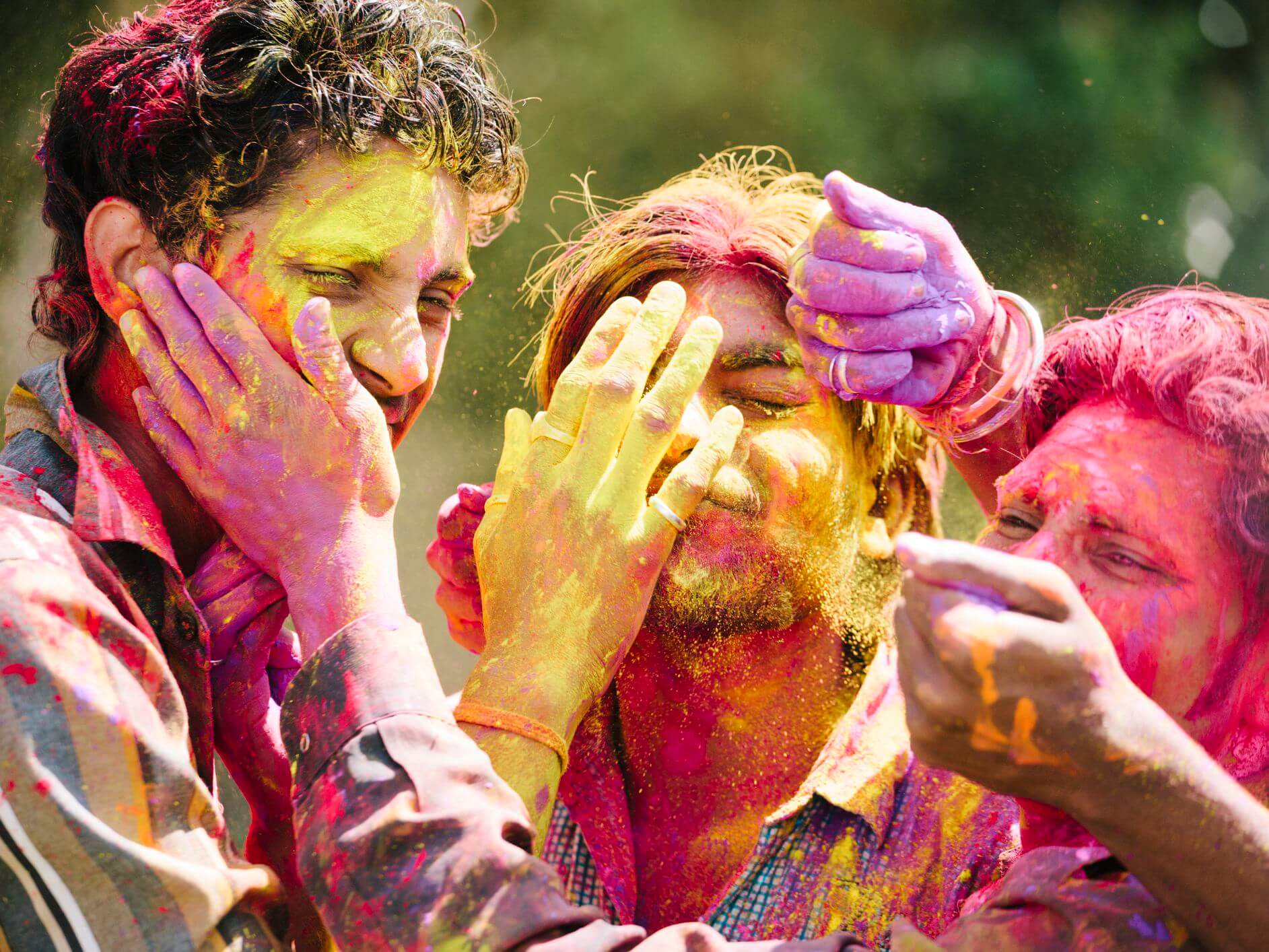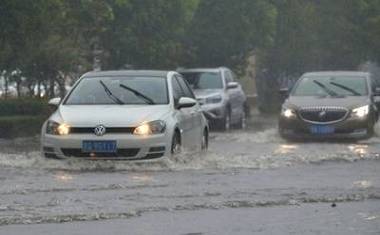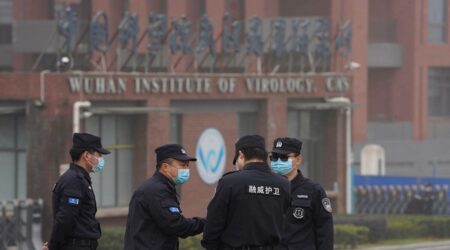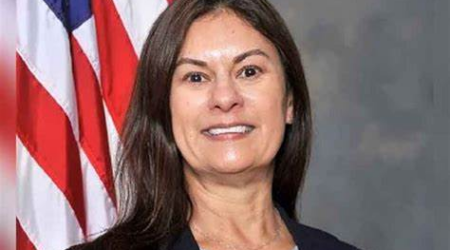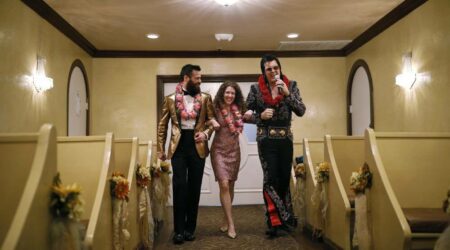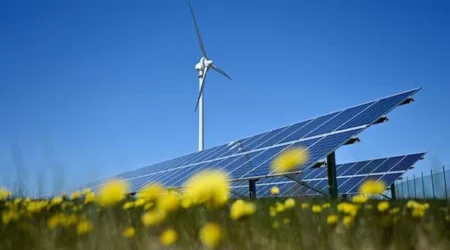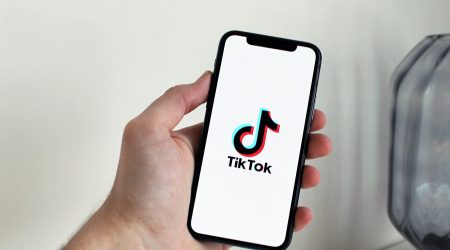India’s colorful festivities to mark Holi are underway, unburdened by coronavirus fears for the first time in three years. The raucous spring festival sees millions across the country hurl colored powder at each other in a kaleidoscopic celebration of the end of winter and the triumph of good over evil.
With India being a diverse land, the celebration of the color festival varies from state to state. The state of Uttar Pradesh alone has five different types of Holi. Here is a look at some of the most popular and unique ways in which people dive into the festivities:
Holi in the holy towns of Uttar Pradesh
Holi celebrations in Uttar Pradesh begin a week ahead of the main festival. Gatherings in Vrindavan, Mathura, and Banaras, are attended by thousands of people from within the country and cultural explorers from far and wide. The celebrations in Braj Bhoomi – Lord Krishna’s hometown, which includes Vrindavan, Mathura, Barsana, Nandgaon, Govardhan, and Gokul – are not limited to a single day but are marked by multiple events spread over a week. This time, with the BJP winning in Uttar Pradesh, the celebrations are going to be two-fold.

Phoolon (flowers) wali Holi
This is a unique celebration native and unique to Vrindavan that falls before Holi. The entire town indulges in this one-day celebration that exclusively involves playing with flowers. Krishna’s idol at the Banke Bihari temple is dressed in white-colored clothes, as is customary, and brought closer to the devotees who are showered with flower petals in a ritual that also involves the priests.

Widows of Vrindavan celebrate the Holi function, which was organized this year by Sulabh Hope Foundation at Gopinath Temple.
Holi with Vrindavan widows
Subverting traditions that otherwise expect them to lead austere and reclusive lives, the widows of Vrindavan add colors to their lives on Holi. A typical Holi scene is awash with colors as hundreds of women in spotless white saris step out of their ashrams and play with gulaal in the temple courtyard. Holi for widows was first played in 2013 attempting to end the stigma associated with being a widow in India.

Women beat men with sticks in Lathmaar Holi.
Lathmar Holi (Holi of sticks)
This festival is celebrated with a lot of fervor and excitement in the twin towns of Nandgaon and Barsana, also known as the towns of Lord Krishna and his consort Radha. As per the traditions, men from Nandgaon go to Barsana to throw colors on the women. These women chase the men with sticks. The men hold a shield on top of their heads and enjoy the festival together.
Laddoo Holi
At Barsana’s Radha Rani Temple, which is also called Shriji Temple Barsana, devotees celebrate Laddoo Holi, which involves literally throwing sweets on each other during the festivities.
Huranga Holi
A day after Holi, Huranga Holi is celebrated at Dauji temple, located in Baldeo, about 30 km outside Mathura. The tradition dates back to more than 500 years when the Lord Krishna temple was established. Huranga Holi is a game where women from the family which established the temple, playfully tear off the men’s shirts and beat them up with strips of their own clothes, in the temple courtyard. Men retaliate drenching women with buckets of liquid colors.

Sikhs perform Gatka, an ancient form of Sikh martial art during the Hola Mohalla festival in Anandpur Sahib.
The Hola Mohalla of Punjab
Holi in Punjab is known as Hola Mohalla or warrior Holi which is popular among Nihang Sikhs. Hola, which originated from the word ‘halla’ means military charge. Mohalla means an organized parade. Therefore, the words Hola and Mohalla put together mean ‘the charge of an army’. Held at Anandpur Sahib, it is a substantial annual fair held for three days. The ceremony features a powerful exhibition of martial arts, horseback riding, and poetry recitation, especially to honor the valor of Sikh soldiers.
Dol Jatra and Basant Utsav of West Bengal
Holi is also known as ‘Dol Jatra’ or ‘Dol Purnima’ in West Bengal, and it is commemorated by people arranging the images of Radha and Krishna on a palanquin. It is then celebrated and paraded around the area. People celebrate the occasion by dancing and singing while carrying holy images.
In the Purulia district of Western Bengal, a three-day Basanta Utsav folk festival is held. People celebrate the festival with great pomp and show. They perform Chau dance, Darbari Jhumur, Natua dance, and local songs.

Holi celebrations in Goa involve parades, street dances, and folk performances.
Goa’s Shigmotsav
The grand festival of colors is also considered the spring festival of Goa. The Shigmo festival commemorates the homecoming of the warriors who had left their homes and families at the end of Dussehra to fight the invaders. It also honors Maratha warriors.
On the first day of Shigmo, each village performs the ritual bathing of their deity, dressing the idol in richly hued auspicious robes, offering prayers and food. The idol is carried on a palanquin with organized dances, and a large feast is held for the villagers. Processions are carried out in cities with traditional Goan dances and modern floats. Those participating in the processions, gather in the prayer halls and practice playing the dhol tashe, a type of drum particular to folk festivities and prayers.


